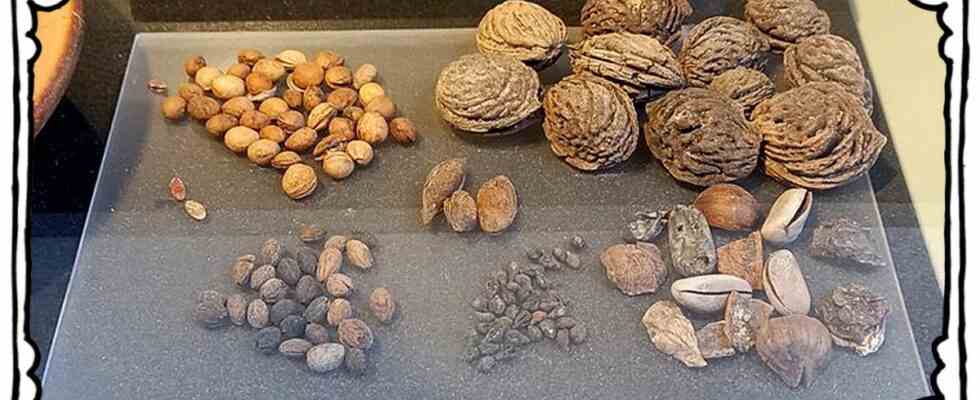One of the underestimated surveyors of today is a Twitter profile called “Footy Scran”. The name can be translated quite loosely as “stadium food”, and that’s exactly what you can see there: There is the “Double Smash Cheeseburger with Bacon”, which costs 7.50 euros at the English Beverly FC. There is the currywurst with fries at Rot Weiß Ahlen for 3.50 euros, doused with plenty of mayonnaise. And recently the chicken shawarma has also been one of the photographically documented entries; It costs eight euros at the World Cup in Qatar. The food depicted looks delicious and high in calories at the same time, which in turn provides part of the explanation for why the contemporary sports spectator’s belly hangs so far above the waistline as it does.
Unfortunately, the archive only goes back to April 2020. The most recent finds from the ancient entertainment capital of Rome are therefore all the more valuable. Thanks to them, there is now one less void in the historical cartography of the stadium’s food stalls. Archaeologists have found walnut shells, olive pits and the remains of fruit in the ruins of the Colosseum – edible items that still occupy exemplary places in the food pyramid today. That’s how healthy the spectators ate 2000 years ago.
So, as a fan, for whom high-calorie fries with triple mayo are simply a part of going to the stadium, do you have to look enviously into the past? Not necessarily. Maybe the ancient Romans just wanted to counter the brutality they saw inside the arena with their light snacks. Thousands of animals and people died in the mostly forced fighting. Luckily it’s different today, because other bodies are suffering today, namely those of the viewers. But at least that’s voluntary.
Read previous episodes of the column here. You can find more good news here.

